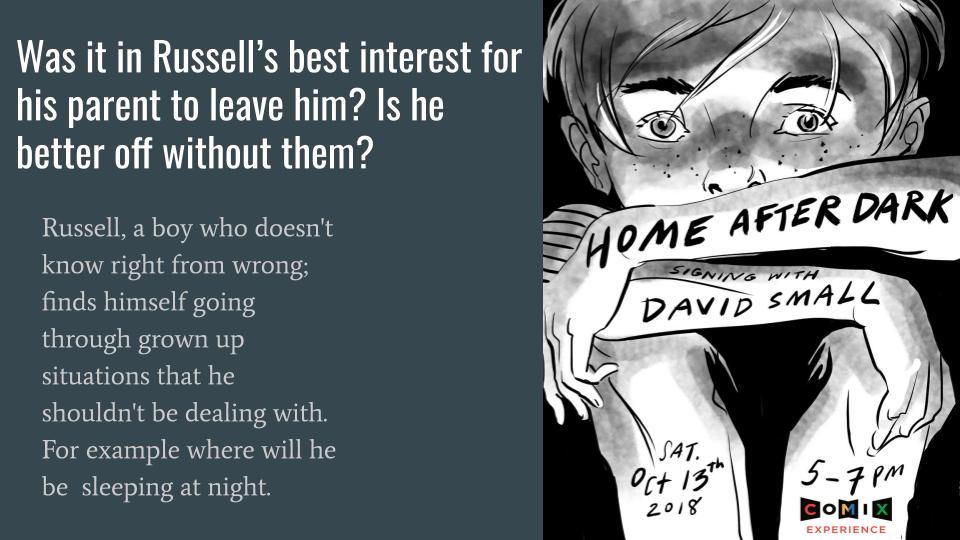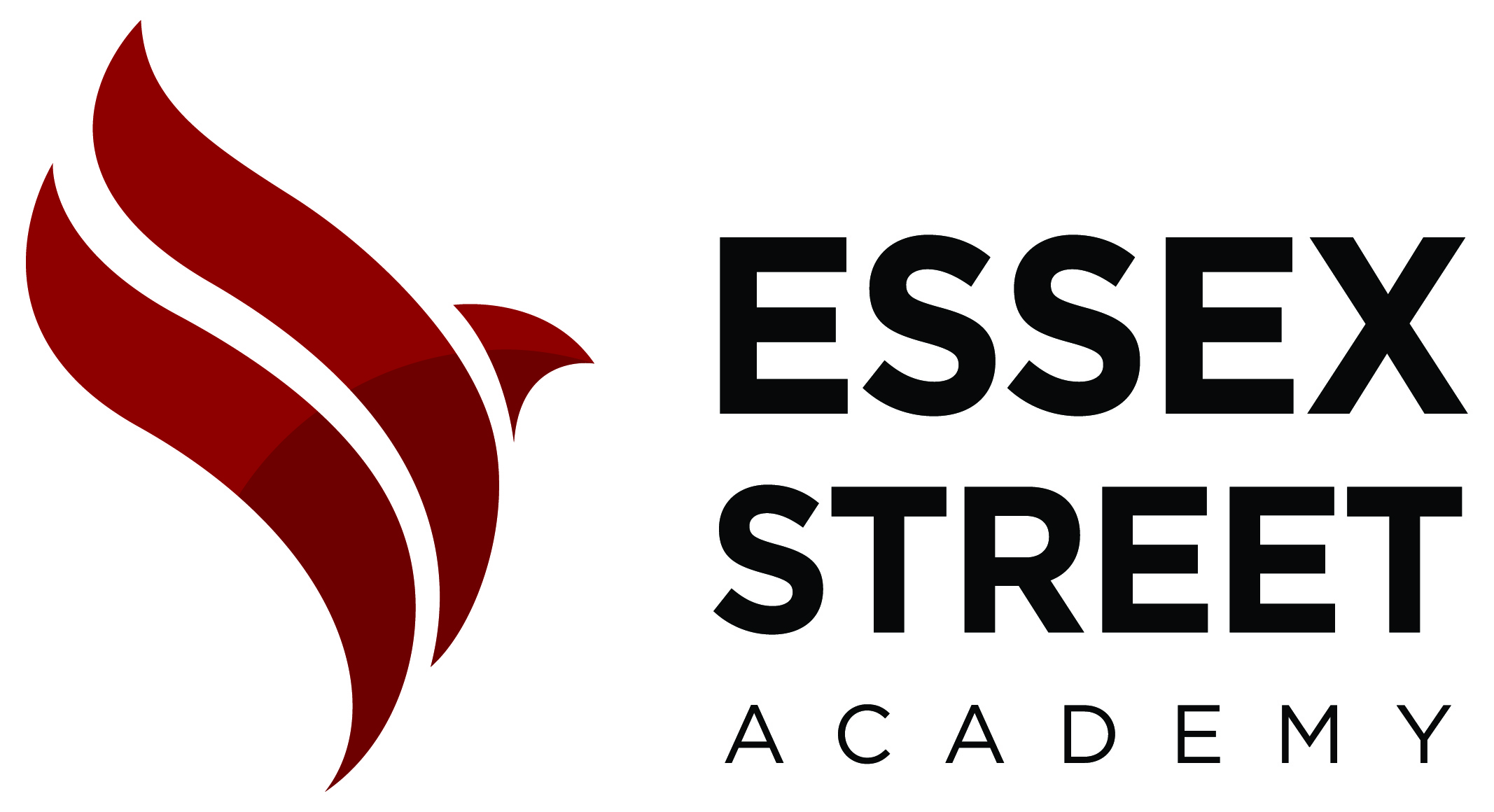Earlier in the semester, I was exploring the question of whether book reviews could work as literary analysis. You can read the post if you’d like here .
I have been trying to get away from formulaic literary essays and get something more authentic while keeping the analysis skills as a major component. We created an independent reading unit that culminated in a book review and slide presentation based on those reviews. I was happy with a number of things in this unit. First, when the students choose their own books, the odds of the writing being more interesting and authentic go up. Here are a couple of excerpts from their writing:

From a review of Twisted by Laurie Halse Anderson we see voice and some analysis:
The best part of the book is the amount of figurative language it has. One example that the author uses in the book is metaphors. I also noticed that she use a lot of onomatopoeia. The author, Laurie Halse Anderson, is very good at putting figurative language in her story.The worst part of the book is when Tyler cuts off Bethany from his life. I never got why he did that. I understand that she accused him of doing something that he didn’t do, but I felt like they had a strong connection.
Overall, I give this book five stars. I would recommend it to a friend because the book is very relatable. eWhat I mean by that is Tyler is having trouble in school and with this family just like me and other teens. All teens should read this.
And this review of Jumped In by William Kowalski shows a connection to the text, voice, and analysis:
Jumped In starts in a figurative way. The author started with an interesting word choice by saying that “no one sees him but he is not invisible”. A young, African American man by the name of Rasheed is trying to survive in these streets which are full of violence, drugs, and racism. He’s smart and yearns for a change. He wants to be able to become something big in life and not turn to the streets like the rest of his family members.
Rasheed lives in a house with his paralyzed sister, who got shot in the back, and his mom who’s a pill addict. Rasheed doesn’t like to go home for multiple reasons that you just have to find out when you read the book. What most people might not think about is that this book has multiple conflicts, but I think the most important problem in this book is the racism issue. Just like in the movie The Hate U Give there was a lot of racism. For example, in the beginning of the book when Rasheed went to the college he felt like everyone saw him as a dirty African American man. The school security came over to talk to him, saying that he doesn’t look like he belongs here which is discrimination and also racism.
All in all, I was happy with the authenticity of this assignment and it brought out some strengths in my students. They didn’t write analysis in a stilted way, but in their own voices. They pulled out the parts that they cared about and wanted to analyze. One challenge was that some students veered toward too much summary. They weren’t sure how much to provide and in the absence of the five paragraph structure with prompts for quotes and analysis, they sometimes got lost. Still, these were much more enjoyable to read and for kids to share with each other. This would not be the case with a more traditional format.
